“It talks about the big city and the relationship of individuals to the complex structures of our metropolises.” reloaded: INTERVIEW with Julio Bittencourt
One of the first interviews to be published on deconarch.com was an interview with Brazilian photographer Julio Bittencourt. We were talking about his series Prestes Maia 911, which was and still is on show since then.
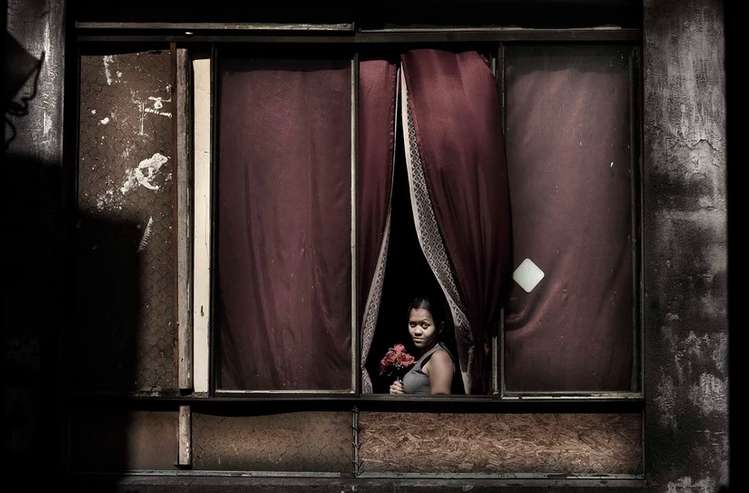
Time to catch up! We talked with Julio Bittencourt about his life and work ten years later.
all illus. (c) Julio Bittencourt
www.juliobittencourt.com
INTERVIEW
Our interview was one of the first interviews to be published on deconarch.com. We were then talking about your Prestes Maia 911 series. It was and still is on show a lot. Looking back, does Prestes Maia 911 hold a special position in your work?
If I’m not mistaking we last spoke in 2008, so it has definitely been a long time. Since then, I guess we can say that the work created its own legs and besides festivals, which usually have themes and where the work might have suited them, the series is part of some public collections and as a rule of thumb, it is shown at these institutions every couple of years.
In a way it’s where it all started so it will always hold a special place for me and it has certainly guided all the other projects I’ve worked on since.
Fast forward to today, more than 10 years later. Plethora is your most recent series. How does it come about? And is it still on going?
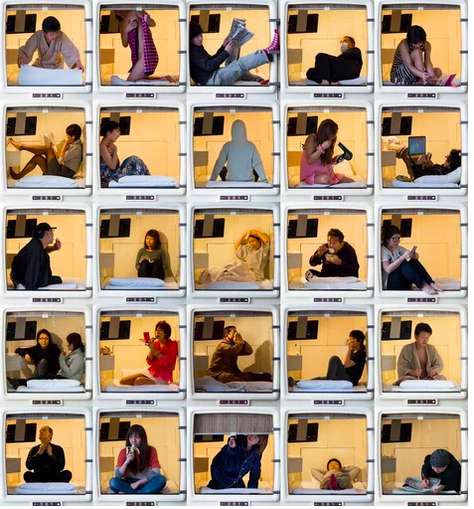
From research and everything in between to actually shooting, I worked on Plethora for about 4, 5 years, in 7 different countries and although I wasn’t able to do everything I wanted, I believe it is done. I see all projects connected in different ways so by “done“ I mean this particular series, as one project always leads me to the next one and so forth.
As in pretty much every project up to now, it talks about the big city and, in particular, the relationship of individuals to the complex structures of our metropolises. It is made up of a number of different series or chapters, introducing subjects such as living, means of transport, city spaces, and leisure. The main emphasis, however, is on the experience of proximity and uniformity within the masses, as well as the consequent feelings of loneliness and anonymity experienced in such places.
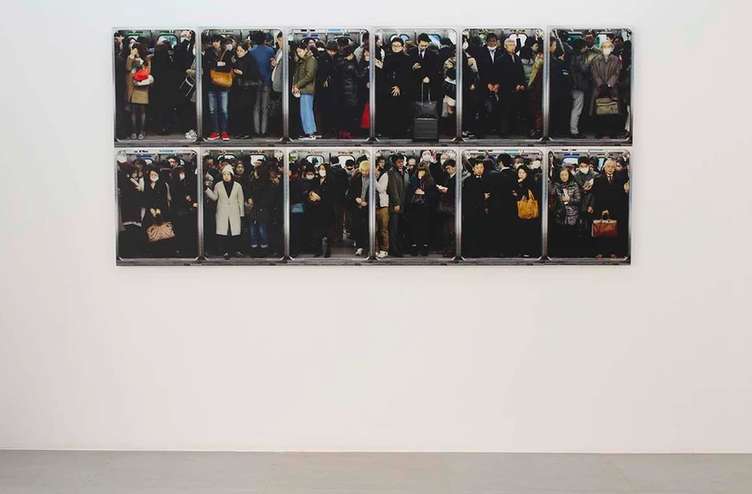
In our last interview we were talking about your working process, whether you find your motives spontaneously or are following a concept. You pointed out that it depends on the story on what, how and why you want to shoot something. How did your approach develop – or not?
I think it is still the same as well as my main interest, which is to somehow tell stories about our relationships between us and our immediate environments. Ideas and inspiration can and do come from everywhere, so paying attention to everyday life, conversations, experiences and books on a wide range of the subjects are key for me to try to catch these ideas and little by little develop them into whatever the project or story at hand asks for.
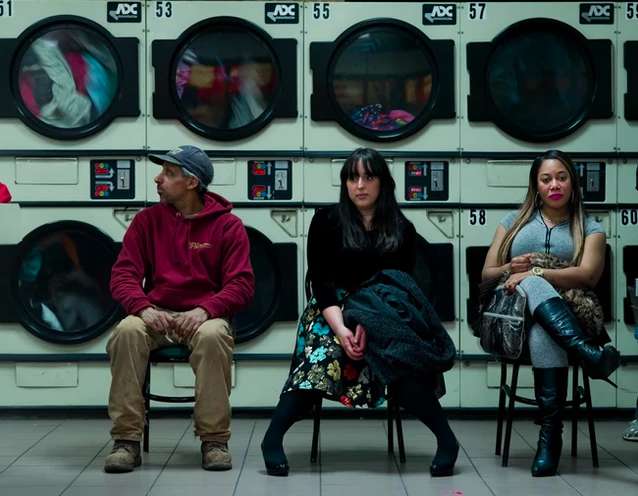
A lot changed, and after all, you moved the center of your life to Paris. What are the recent topics in your works? And did Paris influence your approach?
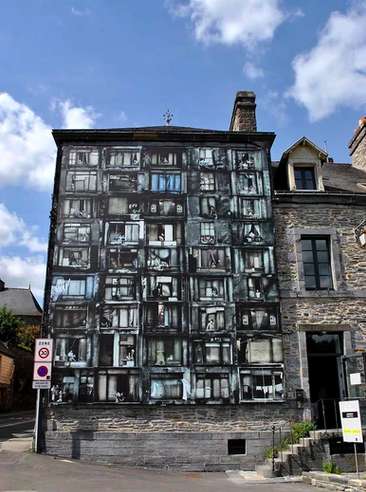
Yes, Paris is now home. I have a long love history with Paris and France and have been coming here practically every year since 2006. It’s probably the country where I’ve exhibited the most and apart from some obvious personal reasons to love this city, being one of photography‘s birth places, a big one is the way the French treat and relate to photography – which, I think, is unmatched in the world and has always held a special place in my heart as well as it has opened many doors.
I don’t think moving here has yet directly impacted the works but there are little seeds here and there and I have no doubts it very soon will.
I’m currently working on two different projects, for the past 2 years, that as with most people I know, were also highly impacted by Covid-19 due to the necessity of proximity to people and some traveling — two no no’s at the moment. There are, of course, more important things to deal with right now and all I can do is to continue to be patient and hope for a safe vacine or treatment so not only myself, but all of us can get back at it.
Julio, thank you so much for sharing your work with us again!
Der Beitrag “It talks about the big city and the relationship of individuals to the complex structures of our metropolises.” reloaded: INTERVIEW with Julio Bittencourt erschien zuerst auf deconarch.com.
